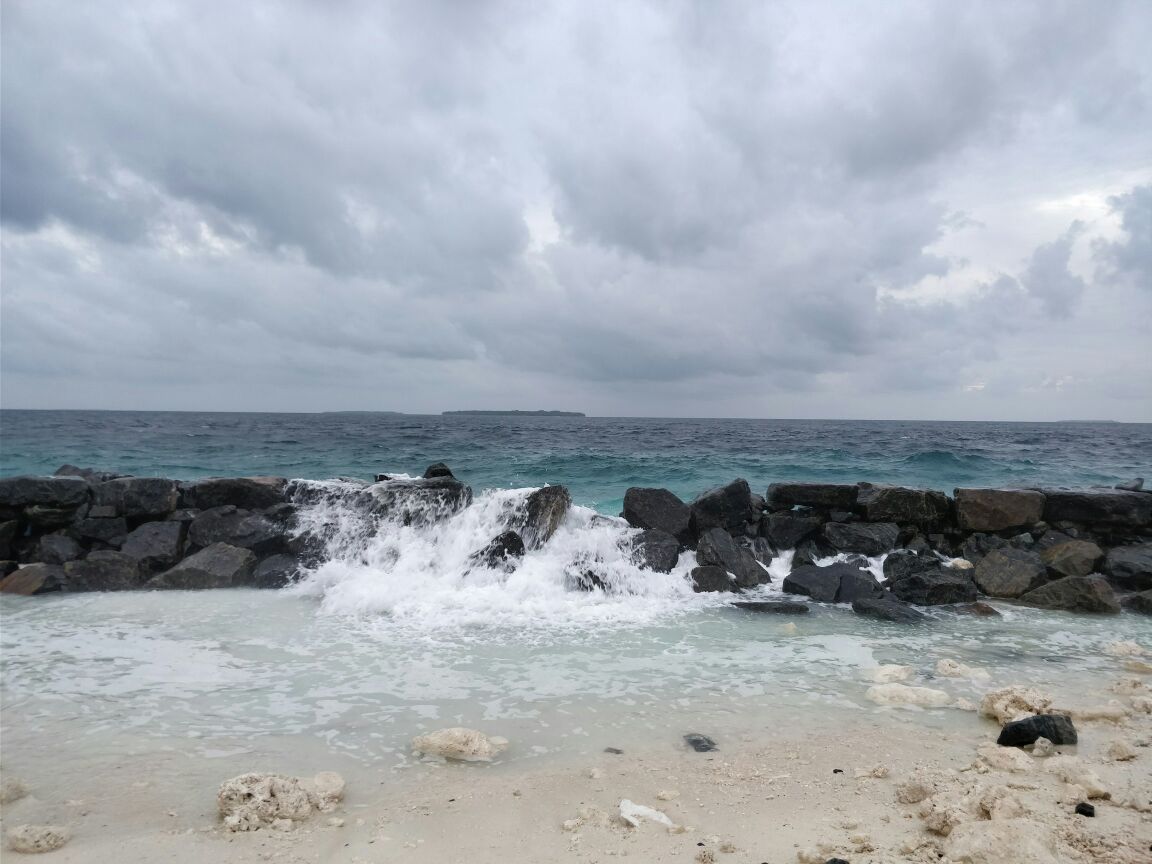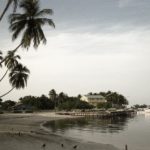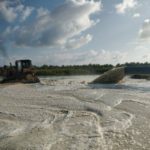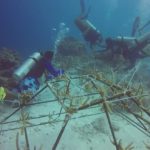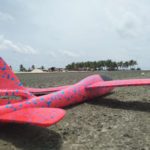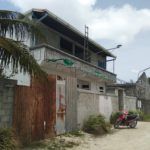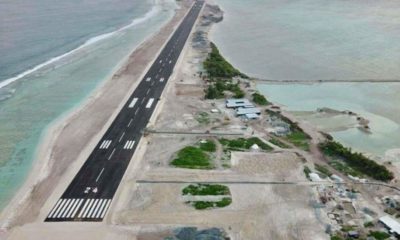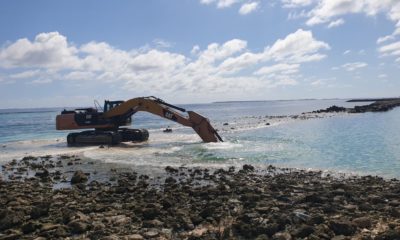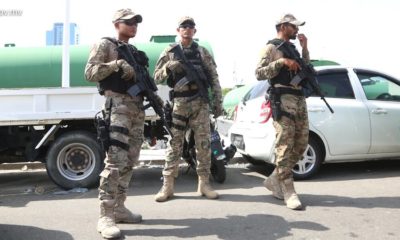Strong waves and seasonal swells in Kulhudhuffushi have damaged a newly placed breakwater on the west side of the island, with flooding in an area reclaimed for a controversial airport development project.
Some boulders placed outside the reclaimed area for shoreline protection have also been displaced, island residents told the Maldives Independent.
“It’s not completely destroyed but some boulders are displaced and waves have poured in,” said Abdulla Adam.
A swathe of the Kulhudhuffushi mangroves was reclaimed for the airport project last year. The lagoon was reclaimed all the way to the reef’s edge on the west side and the artificial breakwater was set up for shoreline protection.
In the past, annual swells in the rainy season caused waves to break through the shoreline and into the mangrove lake from the west side. After a road was made to encircle the mangroves some years ago, waves have crossed the narrow road into the mangrove lake.
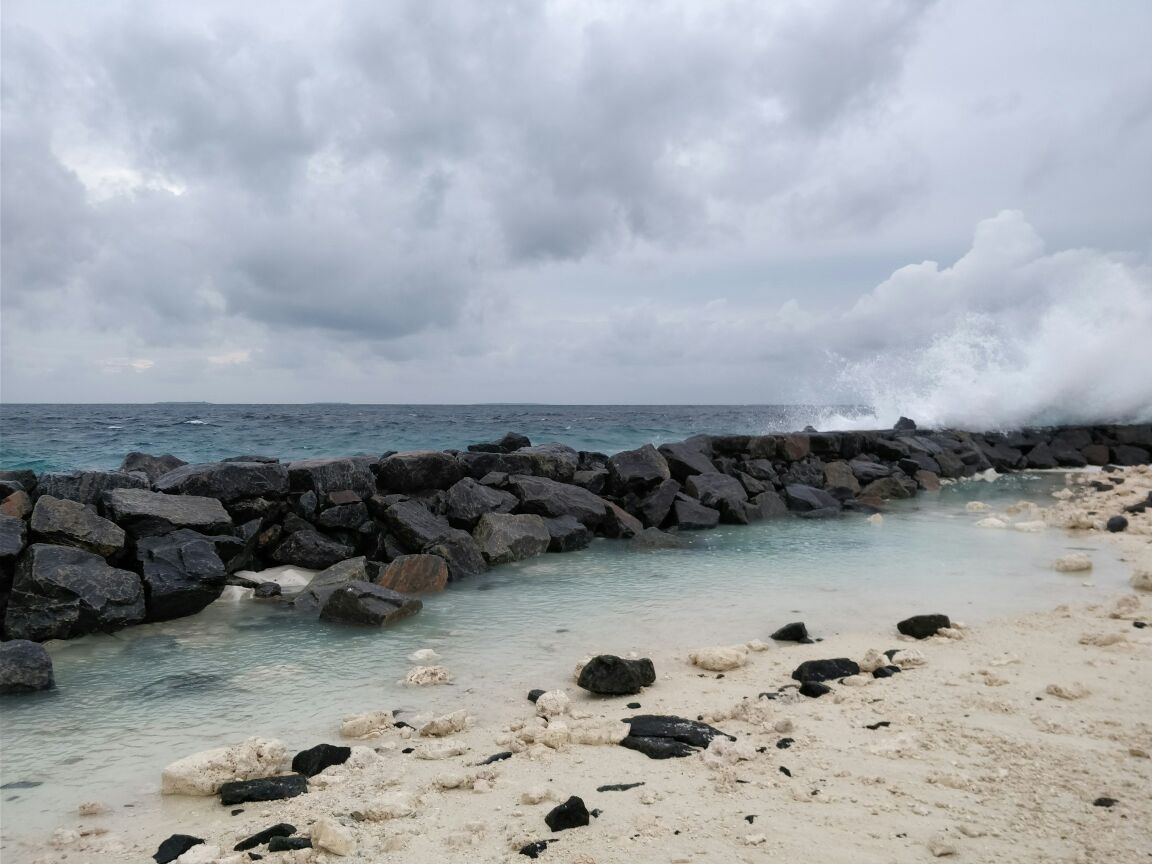
“It’s a natural process of the mangroves, absorbing the swells and acting as a defence to the island…the mangroves serving their natural function,” said Adam.
“Now the mangroves have been destroyed and what’s more, land has been reclaimed all the way to the reef edge. So obviously this was bound to happen.”
It is unclear what this means for the airport project or what the MTCC, which carried out the reclamation work, will do about it.
An Environmental Impact Assessment (EIA) of the project warned in October that the reclamation of the mangrove and lagoon “may escalate the flooding issue that Kulhudhuffushi already experience as wetland is used as the catchment area for the flood drainage system of the island.”
To mitigate these effects the EIA proposed boosting shoreline protection.
“The proposed 250 – 500 kg unit weight materials to be used in the revetment structure will not be suitable for the wave conditions at the site. It is recommended to utilise at least 1000 kg unit weight materials. Ideally 1500 to 2000 kg would be better suited to this environment,” the report said.
However, Adam says the MTCC failed to employ the EIA recommendations.
“I have been to the site, and it does not look like the boulders placed there are 1000 kg boulders.”
The MTCC was not responding to calls at the time of publication.
Adam said he was more concerned about potential flooding and damage on the north-east coastal area, where many houses are located a few yards away from the sea.
“They have taken out the natural beach rocks to put the same breakwater on the north side. And if the same happens here, there is no barrier anymore. The houses are only a couple of yards away from the shore.”
The EIA had also warned the project may alter coastal hydrodynamics, leading to erosion on the north side.
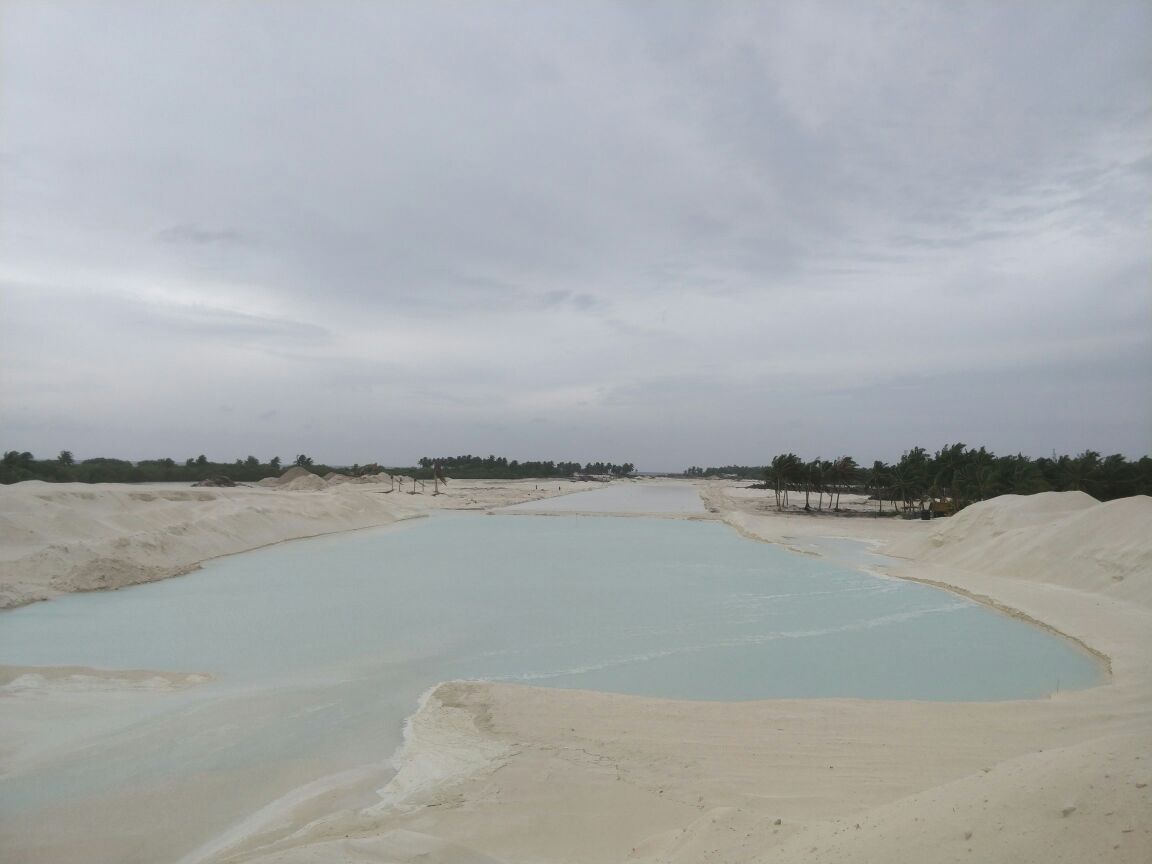
Photos: Ali Hassan

